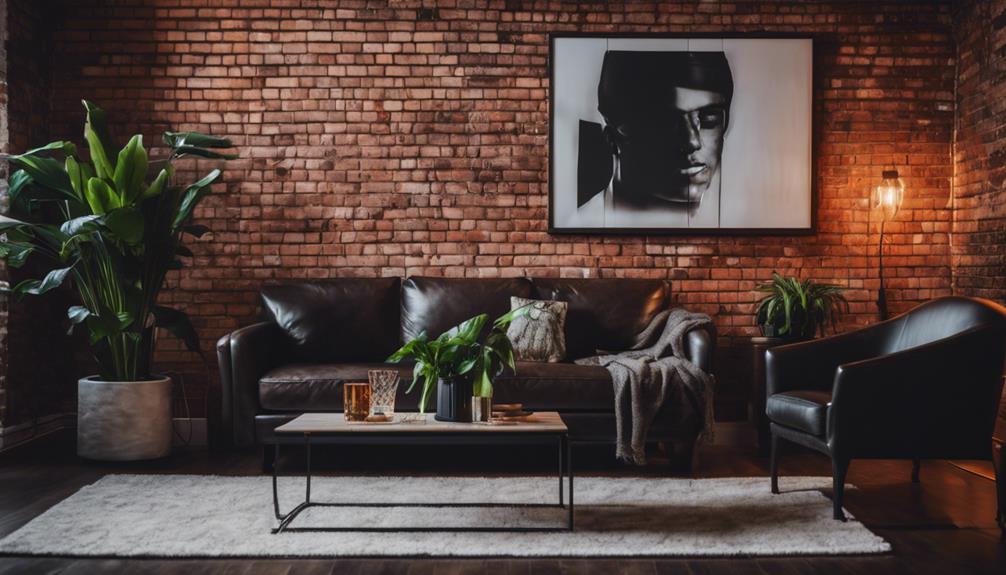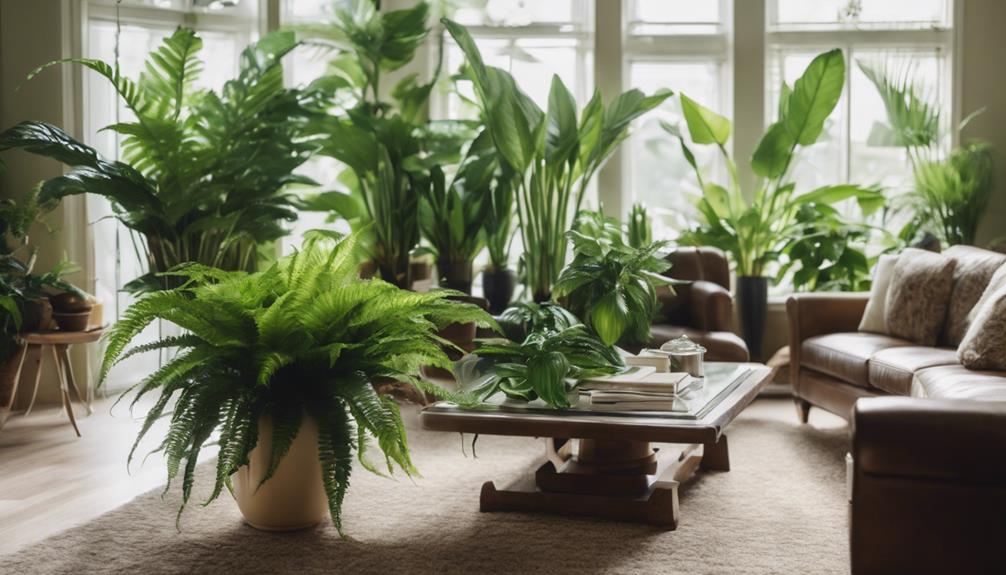As an international student studying in the United States, it is important to familiarize yourself with the regulations regarding work on your visa. If you are on an F-1 visa, you are permitted to work on-campus immediately and can also apply for Curricular Practical Training (CPT) or Optional Practical Training (OPT) to seek relevant employment. On the other hand, M-1 visa holders have stricter guidelines, only allowing work after completion of their program. It is advisable to always seek guidance from your Designated School Official (DSO) regarding your eligibility for employment to avoid potential issues with your visa status. By utilizing the appropriate resources and approach, you can effectively navigate your work options in the U.S. Keep exploring to discover more opportunities and insights!
Key Takeaways
- Understand your visa type: F-1 allows on-campus work and off-campus options with authorization, while M-1 has stricter regulations and limited employment opportunities.
- On-campus employment for F-1 students is permitted from the first year; M-1 students can only work post-program completion.
- Utilize Curricular Practical Training (CPT) for internships and Optional Practical Training (OPT) for work after graduation, particularly for F-1 visa holders.
- Always consult your Designated School Official (DSO) for guidance on work eligibility and to avoid jeopardizing your immigration status.
Legal Work Overview

International students can legally work in the U.S., but they must closely follow specific regulations tied to their visa type.
If you're on an F-1 visa, you have more flexible employment options, including on-campus jobs from your first year. However, if you're on an M-1 visa, your work opportunities are limited, and you can only pursue practical training after completing your program.
It's important to understand that off-campus employment typically requires additional authorization, ensuring you comply with visa regulations. Violating these can jeopardize your immigration status, so staying informed about your specific visa rules is essential.
Always consult your Designated School Official (DSO) for guidance on work eligibility and necessary paperwork.
Understanding Student Visa Types
There are two main types of student visas in the U.S.: the F-1 visa for academic students and the M-1 visa for those in vocational programs.
If you're pursuing an academic degree, the F-1 visa is likely your best option, as it's the most common type issued to international students. This visa offers more flexible work opportunities.
On the other hand, the M-1 visa is designed for students enrolled in vocational or non-academic programs and comes with stricter work eligibility requirements.
To maintain your visa status, it's essential to understand the specific regulations related to your visa type, including the limitations on work and the need for prior authorization for off-campus employment.
Employment Options for F-1 Students

F-1 visa holders have access to various employment opportunities, making it easier to gain work experience while studying in the U.S. You can enhance your skills and build your resume through several options:
- On-Campus Employment: You can work at your institution from your first year.
- Curricular Practical Training (CPT): This allows you to take paid internships directly related to your field of study.
- Optional Practical Training (OPT): You can work for up to 12 months after graduation, or 24 months if you're in a STEM field.
- Off-Campus Employment: Under certain conditions, like economic hardship, you may seek jobs outside the campus, but they must align with your field of study.
Make sure to follow the regulations to maintain your visa status!
Opportunities for M-1 Visa Holders
M-1 visa holders face stricter work eligibility requirements compared to their F-1 counterparts, limiting their opportunities for employment during and after their studies.
Unlike F-1 students, M-1 visa holders cannot work on-campus from the start. You'll have to complete your vocational program before you can engage in practical training, which is your primary avenue for gaining work experience.
Once you finish your program, you may apply for up to 12 months of practical training, but this is strictly tied to your field of study. Additionally, job options are more limited, focusing mainly on vocational roles.
It's essential to prioritize your training completion, as this lays the foundation for any post-study work opportunities you might pursue.
Job Search Strategies for Students

Maneuvering the job search landscape as an international student requires a proactive approach and strategic planning. To maximize your chances of landing a job, focus on these key strategies:
- Network Actively: Connect with peers, professors, and industry professionals. Attend career fairs and networking events to expand your circle.
- Tailor Your Resume: Customize your resume for each role, highlighting relevant skills and experiences that align with job descriptions.
- Utilize Online Job Portals: Explore platforms like LinkedIn, Indeed, and Glassdoor to find job openings specific to your field.
- Leverage Campus Resources: Seek assistance from your university's career center for workshops, mock interviews, and job postings tailored for international students.
With determination and the right strategies, you'll navigate your job search effectively.
How Can Understanding American Football Idioms Help International Students in U.S. Work?
Understanding american football idioms for expats can help international students in the U.S. work by improving their communication skills in a professional setting. Knowing phrases like “tackle a problem” or “move the goalposts” can make it easier to understand and participate in workplace conversations, leading to better integration and success.
Conclusion
Maneuvering work opportunities as an international student in the U.S. can feel like climbing Mount Everest, but with the right information, you can conquer it!
Remember to familiarize yourself with your visa type and explore all your employment options, whether on-campus jobs or internships.
Don't hesitate to reach out to your DSO for guidance, and immerse yourself in your job search with confidence.
By being proactive, you're not just enhancing your education; you're paving the way for a successful future!









